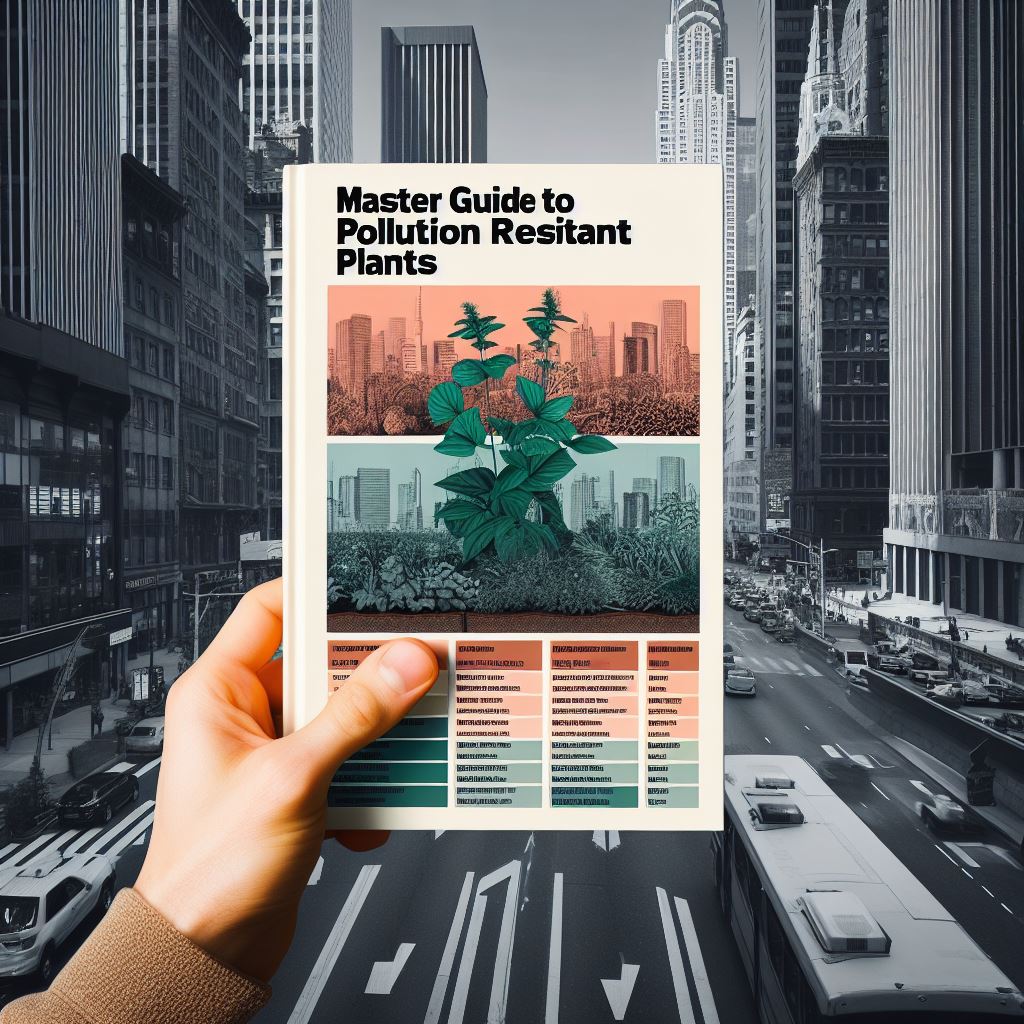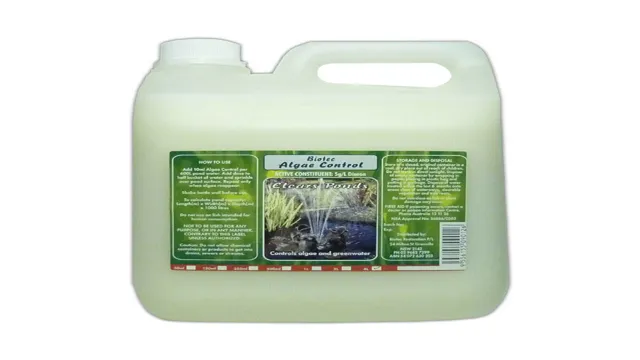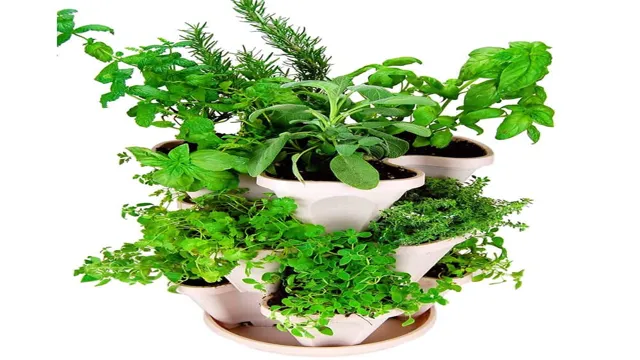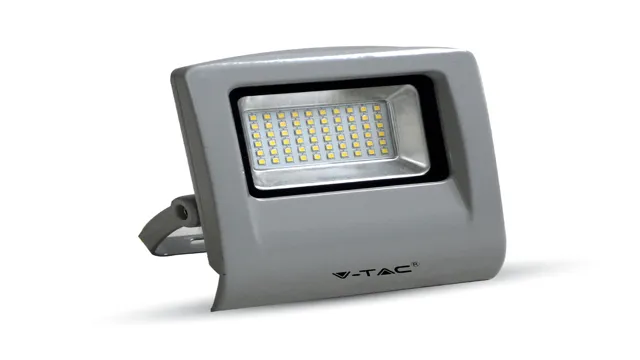The health and productivity of your garden depend largely on the foundation it’s built on: the soil. In this comprehensive guide, you’ll discover the secrets to mastering soil care for a lush, thriving garden. From understanding soil composition to implementing the best organic soil care strategies, we delve deep into the earth’s crust to unveil how you can transform your gardening experience.
If you’re passionate about growing vibrant plants and reducing your environmental footprint, this guide is designed specifically for you. So, get ready to roll up your sleeves and plunge into the fascinating world of soil science, where every handful of earth holds the potential for growth and regeneration.
Table of Contents
Understanding Soil: A Primer
When it comes to gardening, understanding soil is crucial for success. Soil is the foundation of a healthy garden, providing nutrients, water, and support for plants. But not all soil is created equal. Different types of soil have different characteristics, such as texture and fertility, which can impact plant growth.
By understanding the basics of soil composition and care, gardeners can make informed decisions about how to improve and maintain their soil. This includes adding organic matter, testing for nutrient levels, and adjusting pH levels. Taking care of your soil will not only result in healthier plants but also increase the overall productivity and beauty of your garden. So, dig in and get to know your soil; it’s the key to a thriving garden!
So, whether you’re a green-thumbed gardener, a dedicated farmer, an environmental enthusiast, or simply curious about the world under your feet, prepare to be enlightened. Because in the world of soil care, every day is a school day. Welcome to the fascinating world of soil, where life truly begins.
What is Soil?
Soil, nature’s complex concoction, is more than just dirt under our feet; it’s an ecosystem full of life and rich in diversity. The essence of soil care lies in understanding its composition a blend of minerals, organic matter, water, and living organisms. This life-sustaining stratum is a silent provider, playing a pivotal role in our food chain.
It acts as a natural water filter, a recycler of organic waste, and a habitat for billions of organisms. Caring for this ecological marvel ensures the health of our planet and, ultimately, our own well-being.

Types of Soil
| Soil Type | Characteristics |
|---|---|
| Sandy Soil | – Large particles with good drainage |
| – Low water and nutrient retention | |
| – Warms up quickly in spring | |
| – Often requires frequent irrigation and fertilization | |
| Silt Soil | – Fine particles, smoother texture |
| – Retains moisture and nutrients better than sandy soil | |
| – Vulnerable to compaction when wet | |
| – Suitable for a wide range of crops | |
| Clay Soil | – Very fine particles, heavy and sticky when wet |
| – Excellent water retention, often prone to waterlogging | |
| – Slow to warm up in spring, can be challenging to work with | |
| – Benefits from organic matter to improve drainage and aeration | |
| Loam Soil | – Mixture of sand, silt, and clay particles |
| – Ideal balance of water retention and drainage | |
| – Nutrient-rich and fertile | |
| – Suitable for a wide variety of crops | |
| Peat Soil | – Composed of organic matter, partially decomposed plant material |
| – High water retention and nutrient content | |
| – Acidic pH, often requires lime for neutralization | |
| – Used for horticultural purposes like growing vegetables and flowers | |
| Chalky Soil | – Contains high levels of calcium carbonate (chalk) |
| – Alkaline pH, which can limit nutrient availability | |
| – Good drainage properties | |
| – Suitable for crops that tolerate alkaline conditions | |
| Saline Soil | – Contains excessive salt levels |
| – Poor water infiltration and drainage | |
| – Limits plant growth due to salt stress | |
| – Requires leaching to remove excess salts before planting | |
| Peaty Soil | – Rich in organic matter, dark in color |
| – High water retention, especially when wet | |
| – Acidic pH and nutrient-rich | |
| – Found in wetland areas and used for certain crops like cranberries |
Importance of Soil in Agriculture
In the agricultural sector, the importance of soil care cannot be overstated. Soil, often regarded as a farmer’s most valuable asset, plays a pivotal role in crop production. It provides essential nutrients, water, and oxygen needed for plant growth.
Moreover, healthy soil aids in climate regulation and acts as a natural filter for groundwater. However, with continuous cropping and improper management practices, soil health can deteriorate. Therefore, maintaining soil care is crucial to ensure sustainable agriculture and food security. It’s a delicate balancing act that requires a clever mix of science, patience, and respect for the earth.
You May Also Like: Unlocking the Potential of Forest Garden Integrations
Essentials of Soil Care
Understanding the complexity and intricate balance of soil care is essential for any horticulturist, farmer, or gardening enthusiast. Soil is not just an inert substance where plants anchor their roots but a living, breathing entity teeming with organisms that help sustain life. In the grand scheme of soil care, certain factors are paramount.
These include understanding the soil’s composition, pH level, nutrient content, and moisture retention capacity. A regular soil test can provide valuable insights into these aspects. Once armed with this information, one can make informed decisions on how to improve soil health through organic matter amendments, PH adjustments, and appropriate irrigation techniques.
Another critical component of soil care is the promotion of soil biodiversity. A healthy soil hosts a plethora of life forms, from microscopic bacteria to earthworms. These organisms play vital roles in nutrient cycling and disease suppression, among other functions.
Therefore, practices such as crop rotation, cover cropping, and reduced tillage not only enhance soil fertility but also bolster its biological health. Lastly, protecting the soil from erosion and degradation is an essential aspect of soil care. Implementing erosion control measures such as contour plowing, terracing, and the use of windbreaks can help safeguard the soil.
In conclusion, soil care entails a comprehensive understanding of the soil’s physical, chemical, and biological properties, coupled with the implementation of sustainable practices that nurture and protect it. Through this, we can ensure the longevity of our soils and, by extension, the life that depends on them.
Soil Testing: Why and How
Soil testing is the unsung hero of successful gardening, the secret weapon for lush landscapes, and the key to robust crop yields. It’s not just about digging in the dirt; it’s about understanding the complex ecosystem beneath our feet. Comprehensive soil testing reveals vital information about your soil’s nutrient content, pH level, and potential contaminants.
Essentially, it’s like getting a health check-up for your garden! By identifying any deficiencies or imbalances, soil testing allows you to tailor your soil care strategy to meet your garden’s specific needs. It’s the first step towards achieving a thriving and sustainable green space.
Soil Nutrition: Enhancing Soil Fertility
Embracing Soil Care: The Key to Enhancing Soil Fertility Unlocking the secret to a lush, thriving garden lies in understanding the intricate world beneath our feet, the rich, complex universe of soil nutrients. Soil care isn’t just about shoveling and watering; it’s an art, a science, a labor of love. It’s about nurturing a symbiotic relationship with the earth, enriching it with the right balance of nutrients to foster plant health and growth.
With an enlightened approach to soil care, you’re not just improving your garden, but you’re contributing to a sustainable ecosystem. So, let’s delve into the fascinating world of soil nutrition and learn how to cultivate a fertile, flourishing garden.
Soil Erosion: Prevention & Control
In the realm of soil care, the issue of soil erosion is a pressing concern that deserves our undivided attention. This destructive process can strip the land of its fertile topsoil, disrupting the growth of plants and leading to a decrease in crop yields. But fear not! With the right preventative measures and control strategies, we can mitigate the impact of soil erosion.
By employing techniques such as crop rotation, contour plowing, and the planting of erosion-resistant plants, we can safeguard our precious soil resources and ensure a more sustainable future. It’s not just about soil care, and it’s about earth care.
Advanced Techniques in Soil Care
Organic Soil Care Practices
Fostering a flourishing garden begins beneath the surface with proper soil care. Delving into the world of organic soil care practices can seem daunting, but it’s a gratifying journey that pays off in bountiful harvests and vibrant blooms. Embracing organic soil care entails feeding your soil with natural compost, mulching effectively, and rotating crops wisely to maintain soil vitality.
It’s about forging a symbiotic relationship with the earth, nurturing it so it can, in turn, nourish your plants. This holistic approach to gardening not only elevates your green thumb game but also contributes to a healthier planet.
Technological Innovations in Soil Care
In the realm of soil care, cutting-edge technological advancements are revolutionizing the way we understand and nurture our planet’s soil. These innovations are not just transforming the agricultural landscape but also offering promising solutions to pressing environmental issues. From intelligent soil sensors and precision farming techniques to advanced soil health diagnostics and nanotechnology, these technological leaps are redefining the boundaries of sustainable soil management. These tools are not only making soil care more efficient and effective but also paving the way for a healthier, more sustainable future for our planet.
Soil Care and Climate Change
In the ongoing dialogue about climate change, soil care often gets overlooked. Yet, this humble component of our ecosystem holds immense potential for mitigating the effects of global warming. Healthy soil acts as a significant carbon sink, absorbing carbon dioxide from the atmosphere and storing it in a stable form.
This not only reduces greenhouse gases but also enriches the soil, promoting biodiversity, and enhancing crop yields. However, our current agricultural practices are depleting the soil’s health and capacity to sequester carbon. Intensive farming, overuse of chemical fertilizers, and deforestation are causing soil degradation and erosion.
By disrupting the balance of soil microorganisms, these practices release stored carbon back into the atmosphere, exacerbating climate change. Fortunately, soil care practices such as regenerative agriculture, organic farming, and reforestation can reverse this trend. These methods restore soil health, increase carbon sequestration, and support resilient ecosystems.
In essence, soil care presents an elegant solution to the complex problem of climate change. By treating the soil not as an inert substrate but as a living, breathing entity, we can harness its natural processes to create a healthier, more sustainable future. So, next time you see a patch of soil, remember, it’s not just dirt- it’s a climate hero in disguise.
Impact of Climate Change on Soil Health
Climate change is not just an atmospheric affair; it is also a ‘below-the-surface’ issue that significantly affects soil health. This often-overlooked aspect is critical as healthy soil is the backbone of our food systems and biodiversity. Rising temperatures, shifting precipitation patterns, and increasing carbon dioxide levels can disrupt the delicate balance of nutrients in the soil, posing a threat to soil care.
Consequently, it impacts the soil’s ability to support plant growth effectively. Unraveling the relationship between climate change and soil health is crucial in creating sustainable agricultural practices and ensuring the Earth’s long-term well-being.
Soil Care Strategies for a Changing Climate
As our climate shifts, so too must our soil care strategies. An intricate dance between science and nature, soil care is no longer just about the health of our plants but the health of our planet. Adapting to this change requires a keen understanding of the soil’s composition and its role in the carbon cycle.
With innovative techniques like carbon farming and regenerative agriculture, we can promote soil health, enhance biodiversity, and combat climate change. Cultivating a sustainable future starts from the ground up, and it’s time we dig a little deeper into the importance of soil care.
Frequently Asked Questions(FAQs)
What Are The Essential Steps For Proper Soil Care?
The essential steps for soil care include regular testing to determine the soil’s nutritional content, proper watering, using organic matter like compost or manure to enrich the soil, rotating crops to prevent depletion of nutrients, and controlling pests and diseases.
Why Is Soil Care Important In Gardening?
Soil care is crucial in gardening because it directly affects the health and productivity of the plants. Good soil care ensures the soil remains rich in nutrients necessary for plant growth, helps in water retention, and prevents soil erosion and the spread of diseases.
How Can Organic Matter Be Used For Soil Care?
Organic matter, such as compost, manure, or leaf mold, can be used to enrich the soil with nutrients, improve its structure, and enhance its ability to hold water and air. It also encourages beneficial organisms like earthworms and bacteria that contribute to soil fertility.
What Are Some Common Mistakes To Avoid In Soil Care?
Some common mistakes to avoid in soil care include overwatering or underwatering, not testing the soil’s pH and nutrient levels, neglecting to add organic matter, using chemical fertilizers excessively, and not rotating crops or plants to prevent nutrient depletion.
Can Soil Care Methods Vary Depending On The Type Of Soil?
Yes, soil care methods can vary depending on the type of soil. For example, sandy soils require more organic matter and frequent watering to retain moisture, while clay soils may need added sand or compost to improve drainage. Regular soil testing can help determine the specific needs of your soil.
How Does Crop Rotation Benefit Soil Care?
Crop rotation benefits soil care by preventing the depletion of specific nutrients. Different plants require different nutrients, so rotating crops ensures that the same nutrients aren’t constantly being drawn out of the soil. It also helps in controlling pests and diseases that can become established when the same crops are planted repeatedly.
Conclusion
Soil care is not just about getting your hands dirty; and it’s about understanding the complex world beneath our feet. It’s like being a chef, where the soil is our kitchen and the plants are our meals. We need to know the right ingredients, the perfect temperature, and the correct timing. By nurturing the soil, we are not just aiding plant growth but also contributing to a healthier ecosystem. So, let’s treat soil like a fine wine that needs care and attention because the secret to a thriving garden is not a green thumb but a dirty one!












